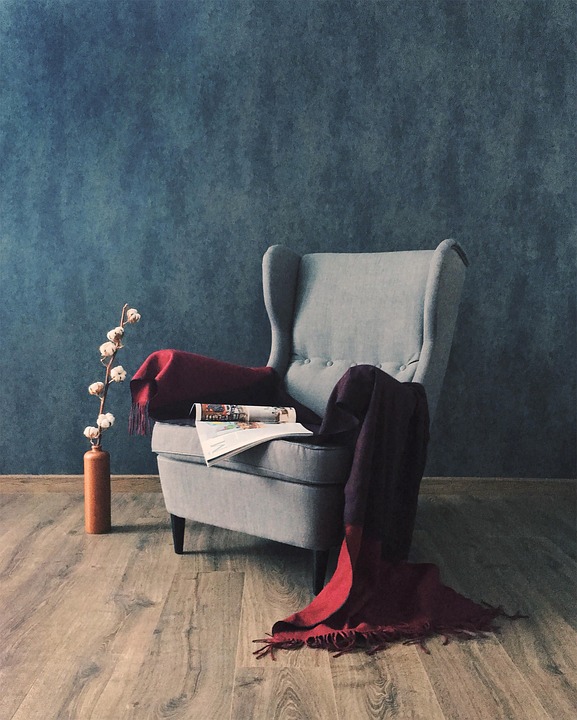
The Science of Laminate Flooring: How it’s Made and Why it Lasts
Laminate flooring has become a popular choice for homeowners and businesses alike due to its durability, affordability, and ease of installation. But have you ever wondered how this versatile flooring material is made and what makes it so resistant to wear and tear? In this article, we’ll delve into the science behind laminate flooring, exploring its manufacturing process and the reasons behind its remarkable longevity.
The Manufacturing Process
Laminate flooring is a synthetic product composed of multiple layers, each with its own unique function. The manufacturing process involves several stages:
- Backing Layer: The base layer of laminate flooring is typically made from a combination of wood fibers and resin. This layer provides stability and moisture resistance to the flooring.
- Core Layer: The core layer is made from high-density fiberboard (HDF) or medium-density fiberboard (MDF), which is pressed together with resins and other additives to create a strong and durable core.
- Decorative Layer: The decorative layer is where the magic happens. A high-resolution image of wood grain or other patterns is printed onto a paper or foil substrate, which is then laminated to the core layer. This layer gives laminate flooring its distinctive appearance.
- Wear Layer: The topmost layer is a clear, translucent coating of melamine or aluminum oxide, which provides protection against scratches, scuffs, and fading.
The Science Behind Laminate Flooring’s Durability
So, what makes laminate flooring so resistant to wear and tear? The answer lies in its layered construction and the materials used. Here are a few key factors:
- Moisture Resistance: The backing layer and core layer are designed to resist moisture, which helps prevent warping and damage from water or humidity.
- Impact Resistance: The HDF or MDF core layer provides excellent impact resistance, making laminate flooring less prone to dents and scratches.
- Wear Layer Protection: The melamine or aluminum oxide wear layer is incredibly hard and resistant to scratches, scuffs, and fading. This layer also helps to prevent the growth of mold and mildew.
- Adhesion: The layers of laminate flooring are bonded together using advanced adhesives, which ensure a strong and lasting connection between the layers.
Why Laminate Flooring Lasts
Laminate flooring is designed to withstand the rigors of daily life, and its longevity can be attributed to several factors:
- Low Maintenance: Laminate flooring is easy to clean and maintain, with a simple sweep and mop sufficing to keep it looking its best.
- Resistance to Fading: The wear layer and decorative layer work together to resist fading from sunlight and other UV sources.
- Scratch and Scuff Resistance: The wear layer provides excellent protection against scratches and scuffs, making laminate flooring ideal for high-traffic areas.
- Moisture Resistance: Laminate flooring’s moisture-resistant construction makes it perfect for kitchens, bathrooms, and other areas where moisture is present.
Conclusion
The science behind laminate flooring is a testament to human ingenuity and the power of materials science. By combining multiple layers of specialized materials, manufacturers have created a flooring product that is not only durable and resistant to wear and tear but also affordable and easy to install. Whether you’re a homeowner, business owner, or contractor, laminate flooring is an excellent choice for anyone looking for a high-quality, low-maintenance flooring solution. With its impressive durability and resistance to fading, scratches, and moisture, laminate flooring is sure to remain a popular choice for years to come.